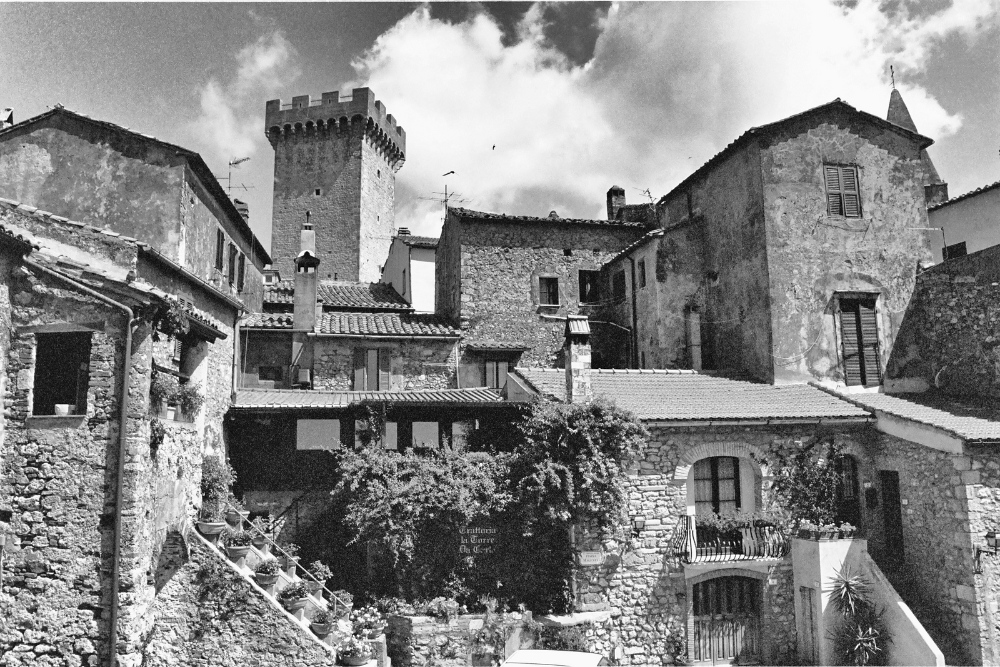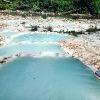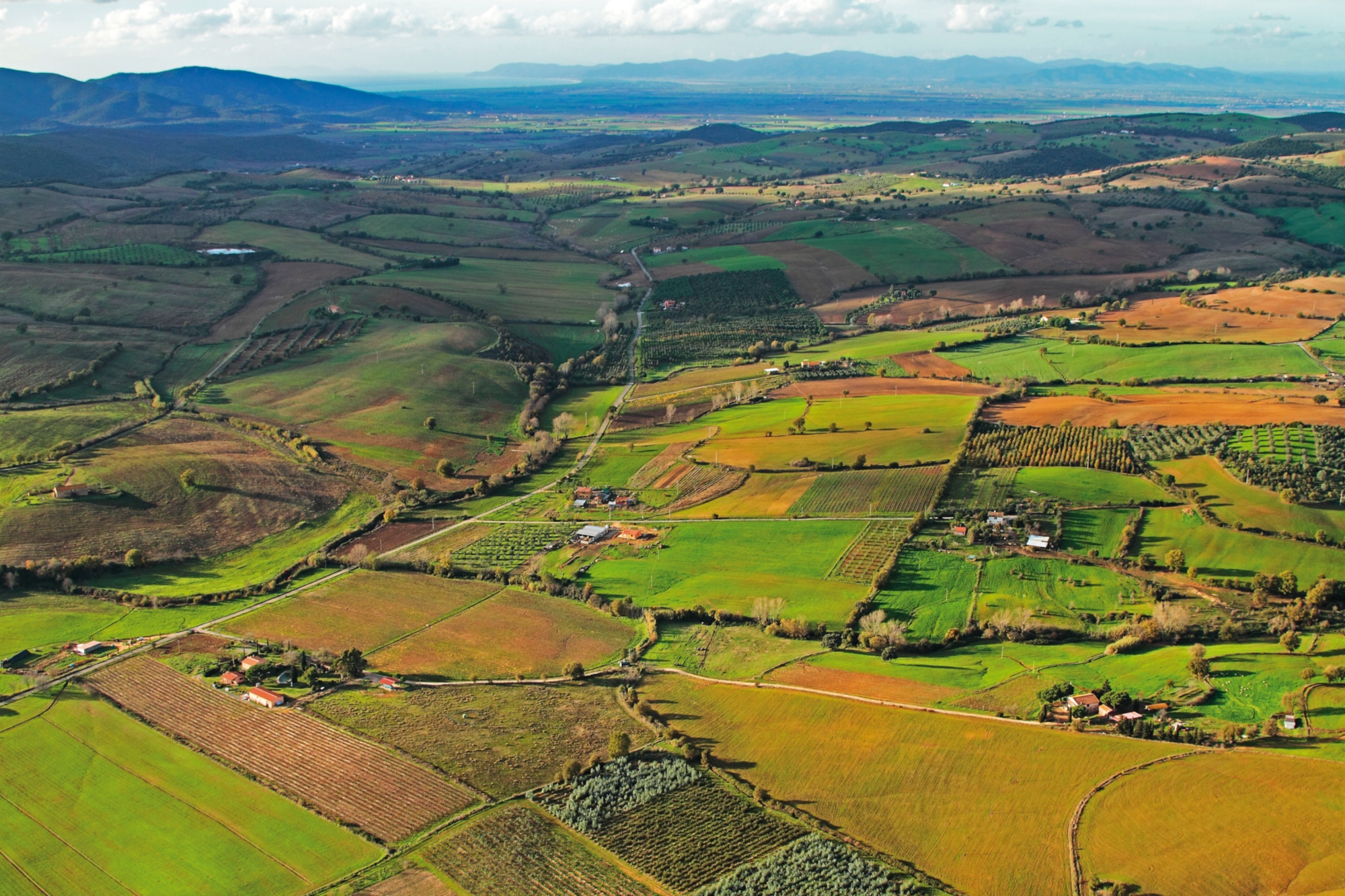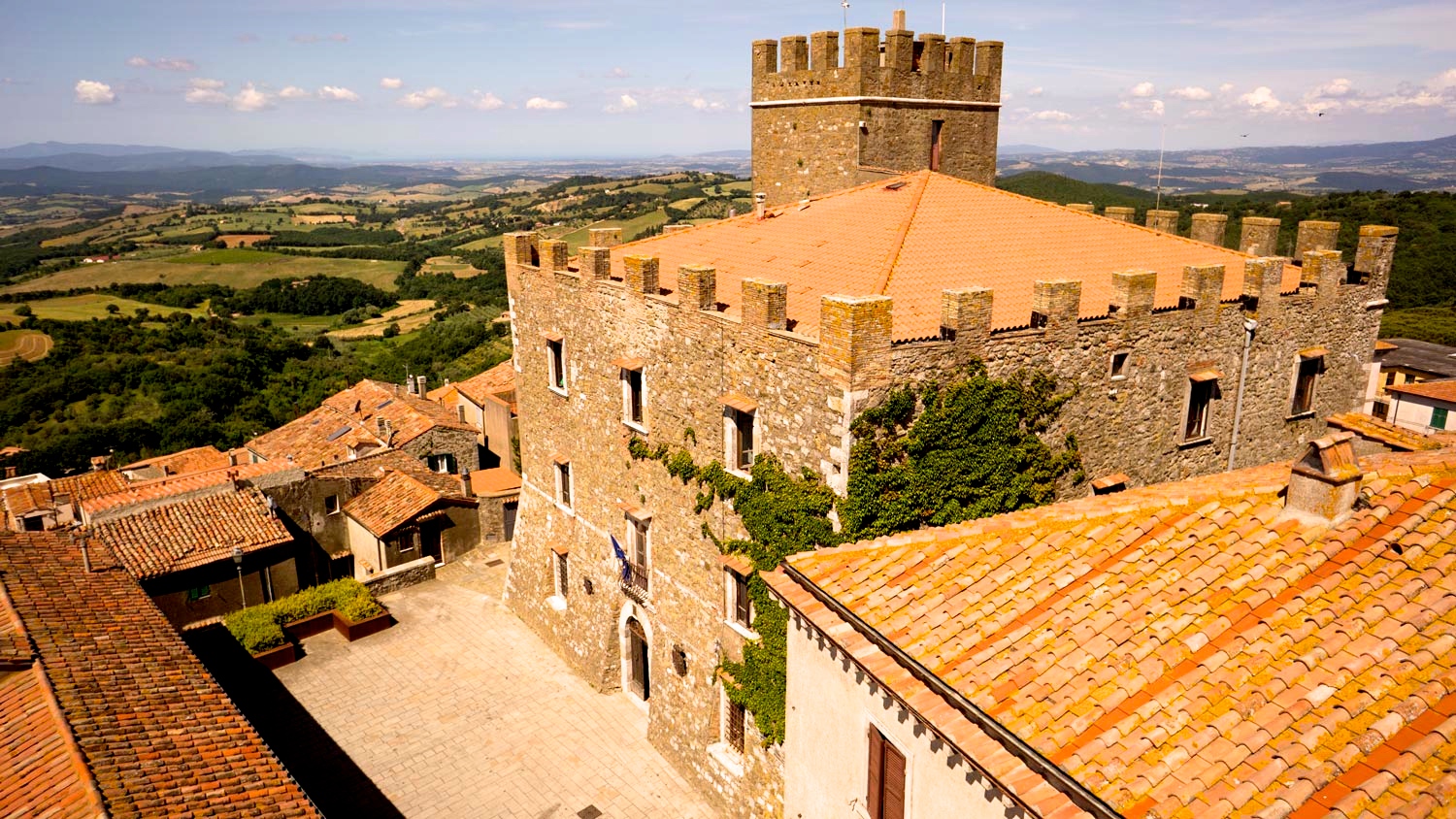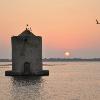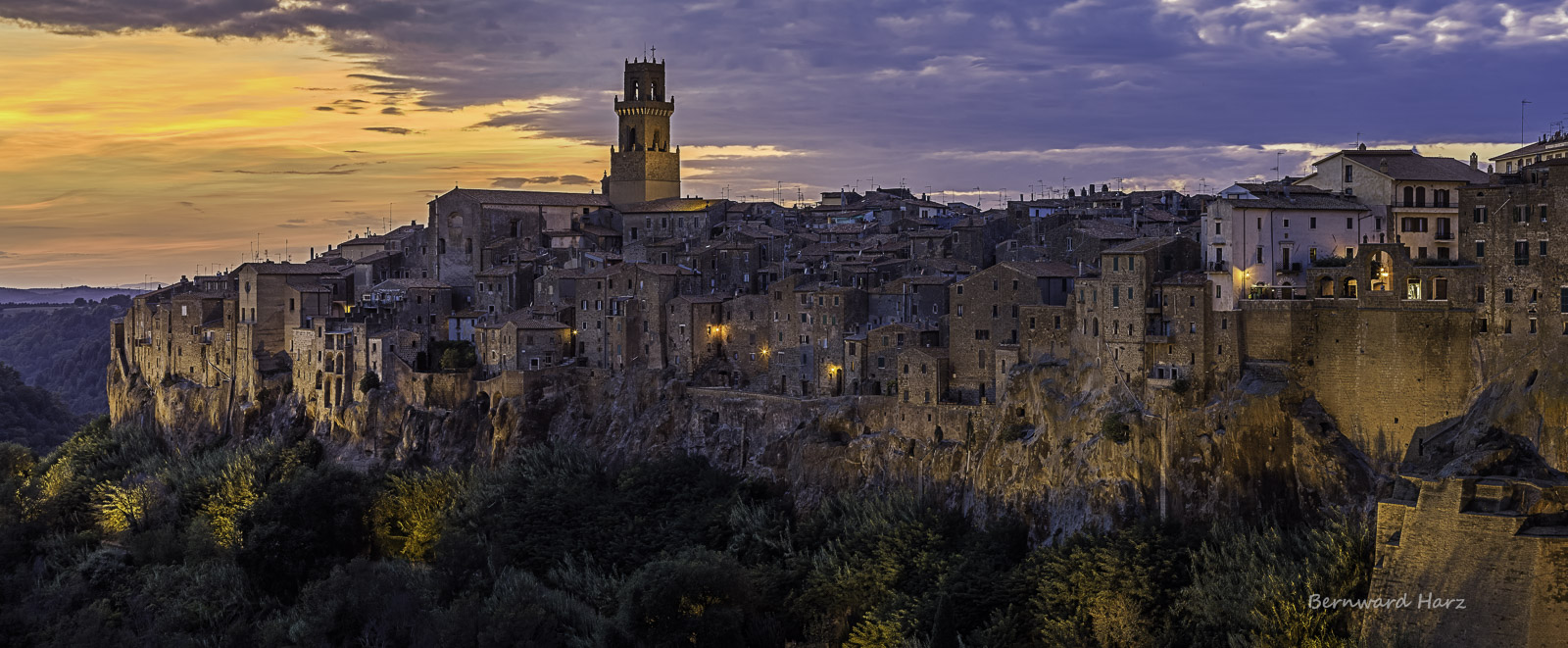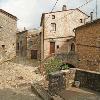From Giglio Porto, the picturesque little port of Giglio Island, where ferries from Porto Santo Stefano dock, a narrow, winding road leads to the central and highest part of the island, where, at about 400 meters above sea level, stands Giglio Castello: the administrative headquarters, historical memory and throbbing heart of the second largest island in the Tuscan Archipelago.
The town has preserved the appearance of a medieval fortified village, surrounded by high walls with towers that enclose a maze of alleys surmounted by arches, underpasses, steep stairways carved into the rock and old houses leaning against each other, dominated by the Aldobrandesca Fortress.
Giglio Castello, thanks to its position as a village perched on the top of one of the Mediterranean's jewel islands, offers enchanting views that give a glimpse of Mount Argentario in the background, the island of Elba, the island of Montecristo or Corsica, surrounded by the brilliant blue of the sea. Not surprisingly, it is also one of the 27 Tuscan villages on the official list of "The most beautiful villages in Italy".



